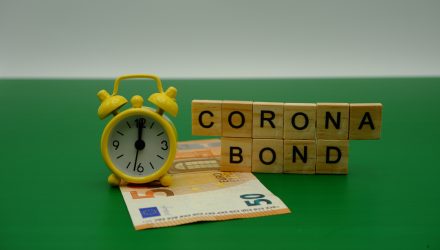Healthcare equities can’t have all the funds when it comes to investing ideas in a pandemic environment. As such, investors can also use COVID-19 bonds to respond to the market changes—the debt issues have been gaining popularity as an ESG (environmental, social, and governance) play.
“Savers can now actively buy into the battle against the coronavirus by investing in a ‘Covid-19 response bond’ via investment funds,” a This Is Money article noted. “The first social response bonds were issued in March by various institutions and public agencies as the virus spread hard and fast across the globe. Ways to invest directly in these bonds – which are designed to deal with the coronavirus outbreak and its economic repercussions – are still relatively limited for personal investors, although investing via a bond fund is a quick and easy option.”
The response thus far to these Coronavirus bonds has been overwhelmingly positive.
“Governments, banks, companies and multinational organizations raised $151.5 billion globally by May 31 from selling Covid-19 bonds, or debt whose proceeds are broadly earmarked for work linked to the pandemic, according to research by BNP Paribas,” a Wall Street Journal report said. “Pharmaceutical giant Pfizer Inc., Bank of America Corp. and Bank of China are among those that have tapped investors with such bonds since February, though sometimes even the issuers don’t classify the debt as virus bonds.”
Now, what exactly constitutes a coronavirus bond? That is a mystery in and of itself.
“There aren’t set rules on what constitutes a Covid-19 bond, making it the latest example of investments with broad claims and murky definitions that have drawn large pools of money in recent years,” the WSJ report added. “Some part of the proceeds from the virus bonds are being used to fund the development of vaccines or treatments or to bolster health-care systems and curtail the outbreak. In other cases, the funds may go toward relief efforts, but there is no system in place to track their ultimate use.”
Speaking more broadly to ESG, investors who want ESG exposure can take look at the Xtrackers MSCI EAFE ESG Leaders Equity ETF (EASG). EASG seeks investment results that correspond generally to the performance of the MSCI EAFE ESG Leaders Index.
The fund will invest at least 80% of its total assets (but typically far more) in component securities (including depositary receipts in respect of such securities) of the underlying index. The underlying index is a capitalization-weighted index that provides exposure to companies with high ESG performance relative to their sector peers.
For more market trends, visit ETF Trends.
